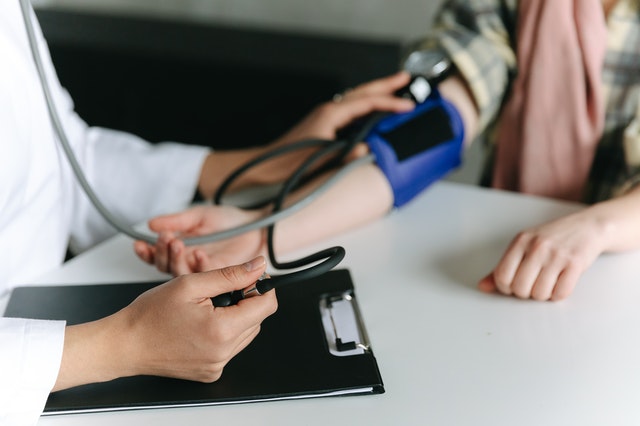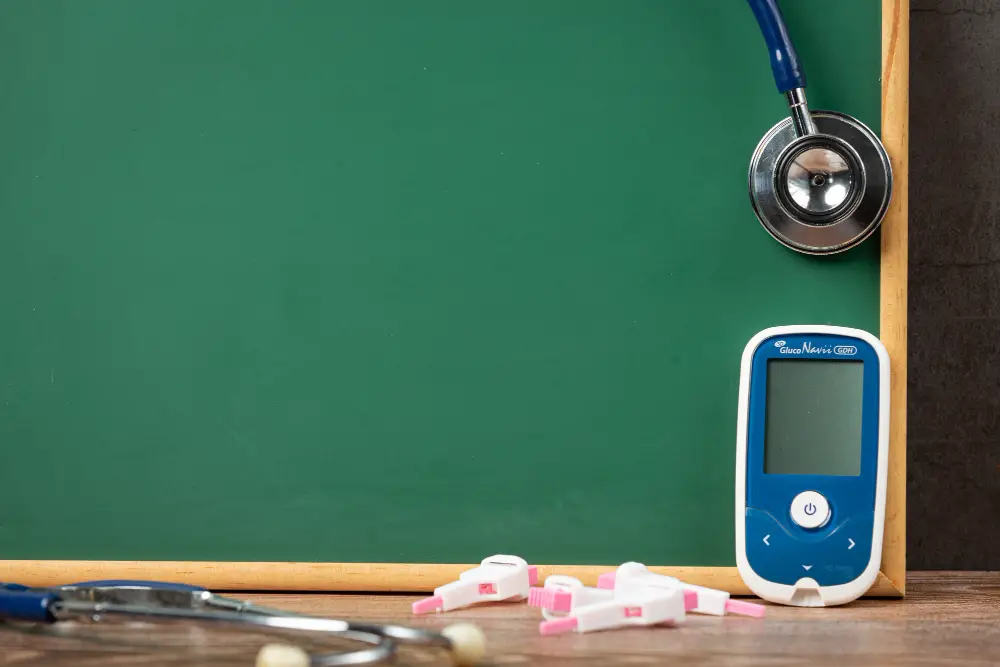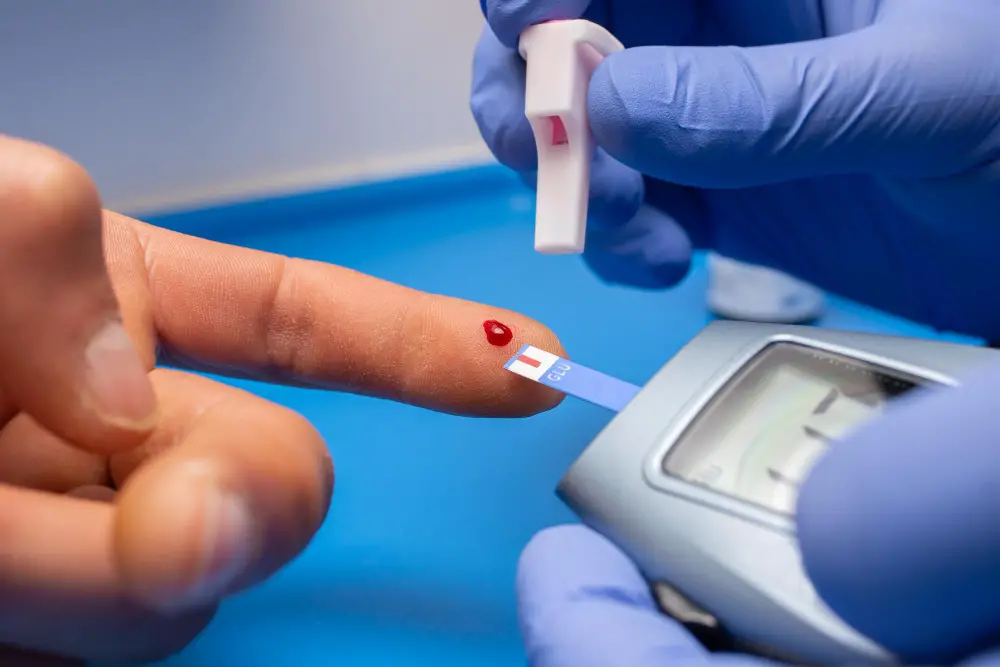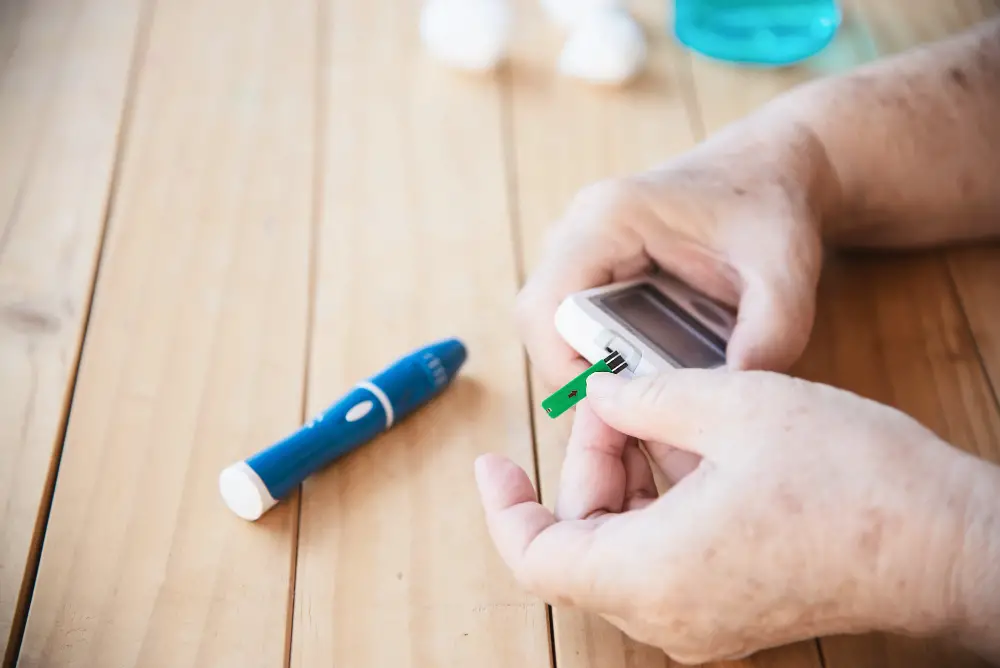
Atrial fibrillation with Low Blood Pressure
-
- Dr. Junaid Arshad
- February 3, 2022
- 0 comments
Atrial fibrillation is the most common rhythm abnormality in the entire world. [1]
It is associated with a long list of comorbids and increases both morbidity and mortality.
Out of all associated conditions, hypertension is the most common underlying disorder & it increases the risk of AF by 1.42 folds.
However, this article explains in detail everything about atrial fibrillation and low blood pressure.
This information is important for every patient with atrial fibrillation as it can guide them when to visit the hospital and seek emergency treatment if they develop low blood pressure.
Table of Contents
Can you have Atrial Fibrillation with low blood pressure?
Atrial fibrillation can cause blood pressure to drop at dangerously low levels. In medical terminology it is called hemodynamic instability or hemodynamic compromise, sometimes also called Unstable Afib. It is a medical emergency that requires immediate management or else it can have deleterious consequences.
The cut-off blood pressure for labeling a patient as unstable afib is <90/60 mmHg or mean blood pressure of <65mmHg.
The European Society of Cardiology 2020 guidelines for Atrial Fibrillation define acute hemodynamic compromise as the presence of the following features:
- Syncope
- Acute pulmonary edema
- Ongoing Myocardial Ischemia
- Symptomatic hypotension (low blood pressure with symptoms)
- Cardiogenic shock
Hypertension or raised bp may be the cause of AF whereas low blood pressure is the effect.
What patient feels in AFib with low BP
Patients with afib and low bp may have one or more of the symptoms given below.
1. Dizziness
2. Altered conscious level
3. Palpitations
4. Shortness of breath
5. Syncope
How is it treated?
The treatment of atrial fibrillation with hemodynamic instability is electrical cardioversion.
This has been recommended by ESC 2020 guidelines for atrial fibrillation.
Immediate electrical cardioversion should be performed in all such patients presenting to the emergency room.
An alternate option is an intravenous injection of amiodarone which may restore sinus rhythm.
According to ESC guidelines, electrical cardioversion is preferred over amiodarone as amiodarone may cause a further decline in blood pressure.
What is electrical cardioversion ?
Electrical cardioversion is a procedure that helps correct the heart rhythm back to normal by delivering a shock.
The heart has a conduction system that generates an electrical impulse.
The electrical impulse travels through the entire conduction system to cause a well-coordinated contraction of heart muscles.
Any abnormality within the conduction system can give rhythm abnormalities & afib is one of them.
Cardioversion works by giving a high energy shock via the chest wall to the heart. In simple words, it resets the conduction system & restores the rhythm back to normal.
How is electrical cardioversion done?
It is performed in the hospital setting by the experts like doctors & paramedics.
During the procedure, the patients’ vital signs like heart rate, rhythm, blood pressure, & oxygen saturation are monitored.
Several ECG electrodes are placed on the chest wall. The electrodes are connected to a cardioverter(also called a defibrillator). This helps monitor heart rate and rhythm.
Usually, a sedative drug is given before the procedure as giving shock is painful.
An injection of a blood thinner like heparin is also given to decrease the risk of stroke.
Stroke can occur with electrical cardioversion in patients with afib because if there is a clot in the left atrium or left atrial appendage, it can get dislodged and move to the cerebral circulation.
The next step is the application of defibrillation pads on the chest wall.
One pad is placed on the right side of the sternum underneath the clavicle and the other one at the 5th or 6th intercostal space at the left anterior axillary line i.e. apex of the heart.
The defibrillator is turned on.
Synchronize mode is then activated by pressing the synchronize button.
The charge button is then pressed.
Before delivering the shock, the person holding the paddles shouts loudly ‘all clear’. At this time it is ensured that no one is touching the bed or the equipment.
Finally, the button on the paddle is pressed and shock is delivered.
ECG rhythm strip is obtained as evidence of successful or failed cardioversion.
The process can be repeated if required.
Is cardioversion for afib always successful?
Cardioversion is successful in >90% of the cases of afib.
This is especially true when afib is secondary to hyperthyroidism.
The chances of success are decreased if afib is chronic or the left atrium is dilated.
Do such patients need any tests?
When any patient presents with new-onset atrial fibrillation and low blood pressure, a detailed evaluation should be done for the underlying cause after initial stabilization.
The most common ones are mentioned below.
- Hyperthyroidism (thyroid profile is done for the diagnosis)
- Acute Pulmonary embolism (blood tests include d-dimers, diagnosis is confirmed by CTPA)
- Infections like pneumonia or sepsis ( commonly done tests include CBC, CRP, blood culture, sputum culture, Chest X-Ray)
- Myopericarditis (echocardiography and CMR may establish the diagnosis)
Low BP as a side effect of drugs
A patient who is a diagnosed case of afib & is on medical management, can have low blood pressure as a side effect medication.
These medication include diuretics, beta-blockers, & calcium channel blockers.
Drugs usually do not cause hemodynamic instability and blood pressure may remain between 120/80mmHg to 90/60mmHg.
Diuretics are used in patients who develop heart failure with atrial fibrillation. They work by increasing the urine formation and hence eliminating the excessive fluid from the body.
Increased diuresis lowers the blood pressure and is one of the common side effect of these drugs.
Both beta-blockers and calcium channel blockers are rate-limiting drugs and are used to control the fast rate in afib.
Both of these drugs have an anti-hypertensive effect and are commonly used for hypertension as well.
Hence a low blood pressure in a patient with afib may be a side effect of these drugs and may be corrected by decreasing the dose.
Any patient of afib who experience the symptoms of low blood pressure like dizziness, syncope, & generalised weakness or has a documented low bp should consult his doctor and get his medication adjusted.



